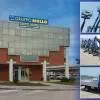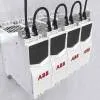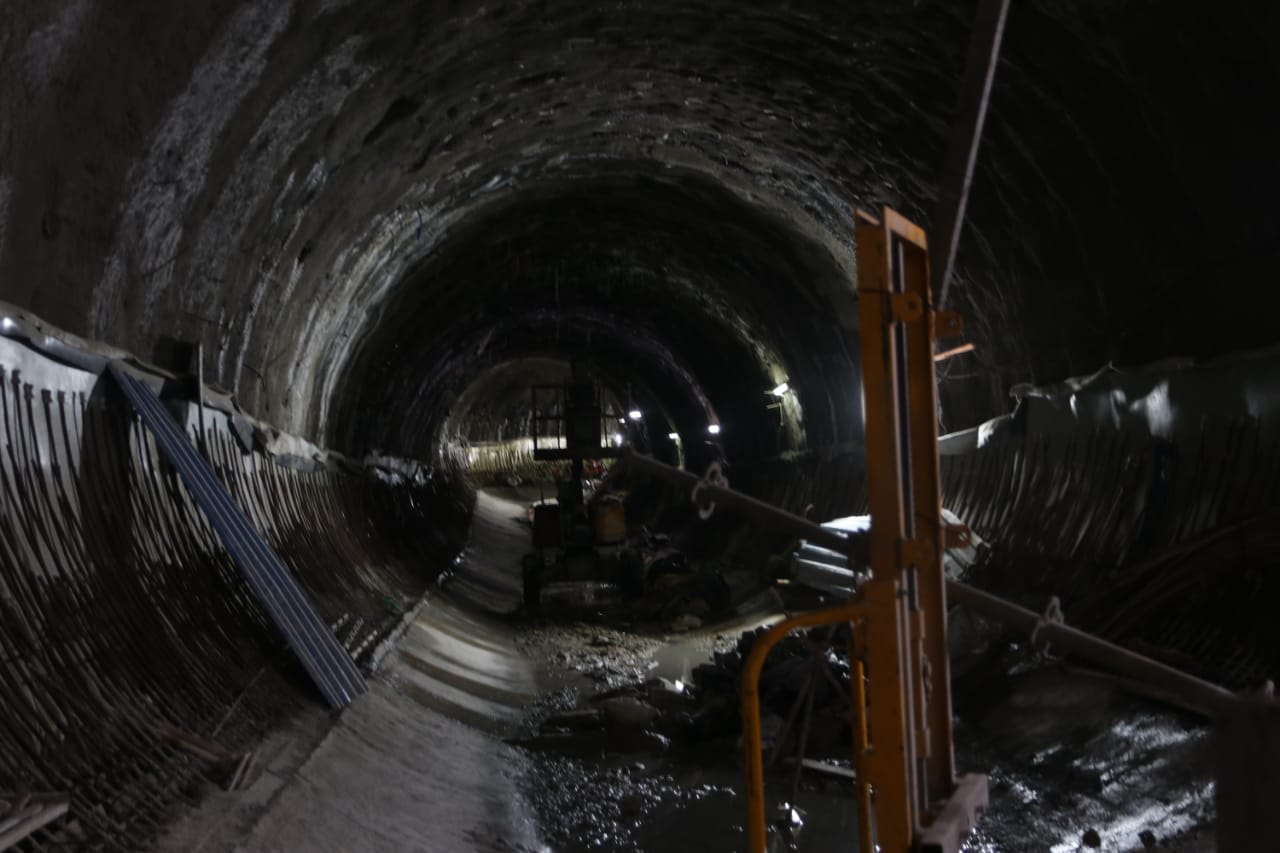
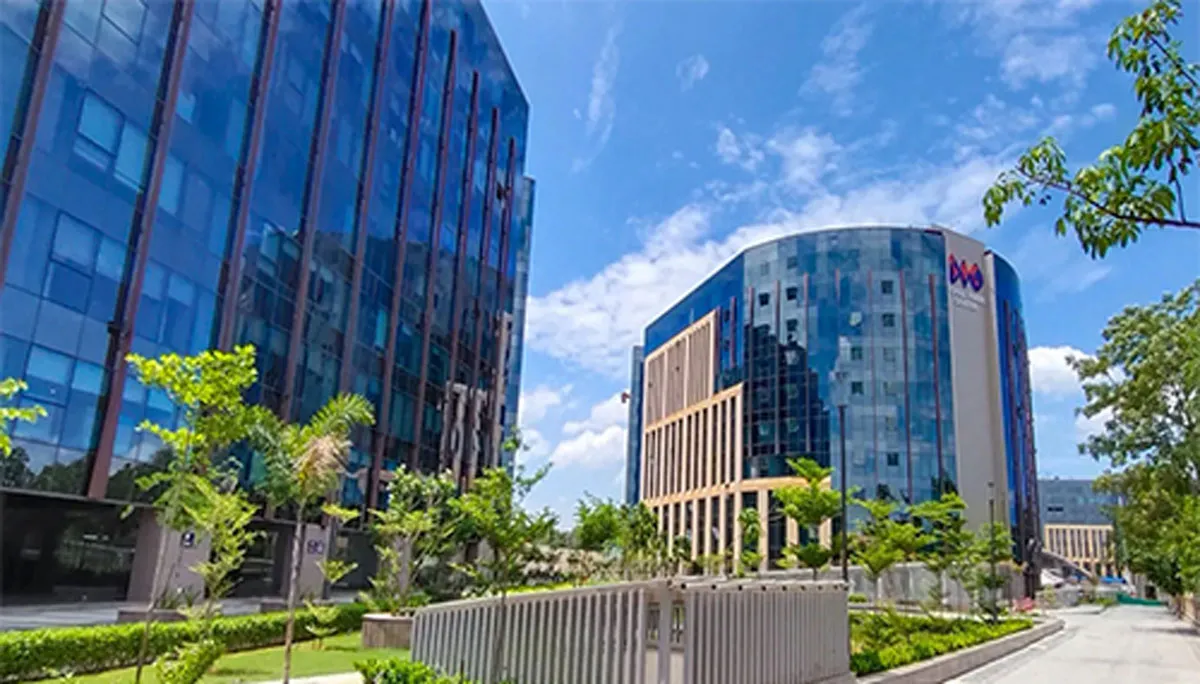
TRAI Drive Tests Map Network Quality in Barpeta, Bongaigaon
The Telecom Regulatory Authority of India has released the results of its Independent Drive Test for the Assam Licensed Service Area, covering extensive routes across Barpeta and Bongaigaon districts. Conducted between 28 and 31 October 2025 under the supervision of the TRAI Regional Office in Kolkata, the assessment evaluated real-world mobile service performance across urban centres, institutional zones, business areas and rural locations. Over 230 kilometres were covered through drive tests, in addition to eight hotspot sites and walk tests spanning 1.1 kilometres. The findings have been sh..
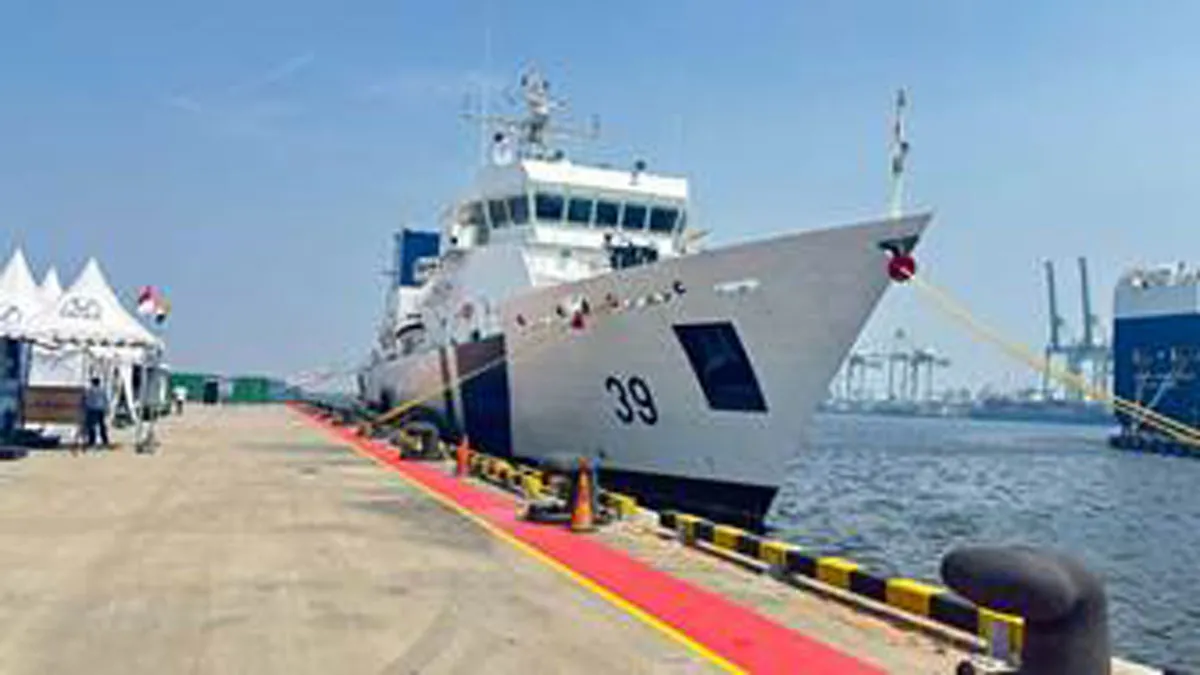
ICGS Vigraha Begins Jakarta Visit to Boost ASEAN Maritime Ties
Indian Coast Guard Ship (ICGS) Vigraha has reached Jakarta, Indonesia, for a three-day operational visit from December 2–5 as part of its broader deployment to ASEAN countries. The stopover features an extensive line-up of engagements between the Indian Coast Guard (ICG) and the Indonesian Coast Guard (BAKAMLA), aimed at enhancing cooperation across key areas of regional maritime security.The schedule includes professional interactions, tabletop exercises, shipboard drills and joint training modules that will allow personnel from both sides to exchange expertise and standard operating proced..
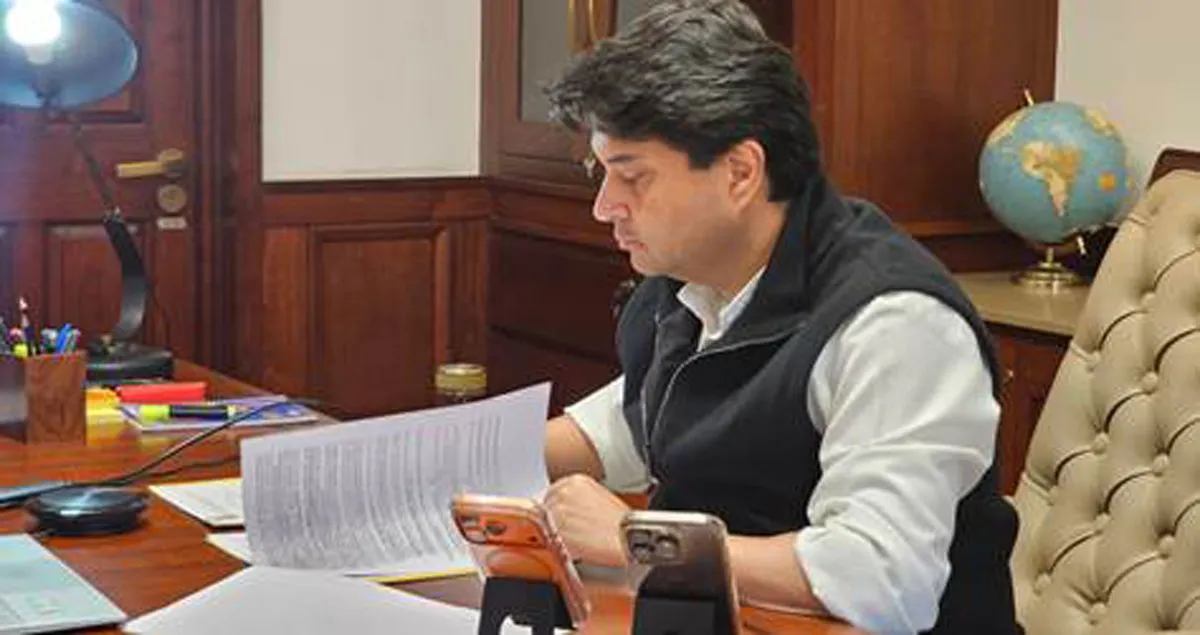
Tripura Hosts 2nd Task Force Meet on NER Logistics and Connectivity
The second meeting of the High-Level Task Force on Infrastructure, Logistics Cost and Connectivity in the North Eastern Region was held in New Delhi under the chairmanship of Tripura Chief Minister Manik Saha. Union Minister for Communications and Development of North Eastern Region Jyotiraditya M Scindia, Mizoram Chief Minister Lalduhoma, senior officers from MDoNER and the chief secretary of Arunachal Pradesh participated in the discussions.The Task Force reviewed progress and priorities for strengthening multimodal connectivity in the region, covering road, rail, air, waterway, power and di..







